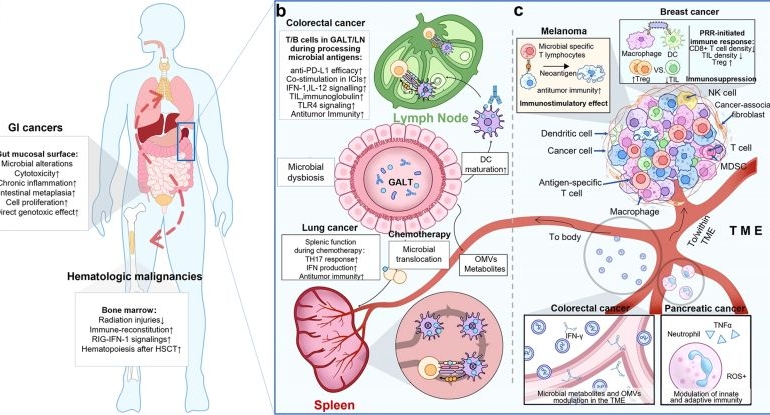Type 1 Diabetes (T1D) is a complex autoimmune disease where the body’s immune system mistakenly attacks and destroys insulin-producing cells in the pancreas.
Recent research suggests that the balance of bacteria in our gut, known as the gut microbiome, may play a crucial role in the development of T1D.
Imagine your gut as a busy city, and the bacteria are the citizens. When these bacteria are in harmony, they help our bodies function smoothly. But if something disrupts this harmony, it can lead to problems.
Dysbiosis is defined by an imbalance in bacterial composition, changes in bacterial metabolic activities, or changes in bacterial distribution within the gut.
In T1D, this disruption, called dysbiosis, triggers an autoimmune response.
Here’s how it happens:
Normal Gut Balance: In a healthy gut, there’s a balance between different types of bacteria, like Bacteroidetes and Firmicutes. This balance helps our immune system stay in check.
Dysbiosis: When dysbiosis occurs, harmful bacteria like Bacteroides become more abundant, while beneficial ones like Bifidobacterium decrease. This shift can damage the gut’s protective barrier.
Leaky Gut: Dysbiosis can cause tiny holes to develop in the gut lining, allowing harmful substances to leak into the bloodstream. This is like a breach in the city walls.
Immune Response: Your body’s immune system, designed to protect you, can get confused. It starts attacking not only the harmful invaders but also your own pancreatic cells.
T1D Development: Over time, this immune confusion can lead to the destruction of insulin-producing cells, causing T1D.
So, dysbiosis in the gut can trigger a chain reaction that ultimately leads to T1D. It’s like a domino effect, with the gut bacteria’s balance playing a crucial role.
Scientists are still working to understand this connection better, but it highlights the importance of a healthy gut. Just like you’d take care of a garden to keep it flourishing, taking care of your gut with a balanced diet and good habits can help protect against T1D.




